Faith-based organizations make up a large chunk of charities, representing a wide range of religions and missions making a difference in the world. At the same time, churches face a downturn in membership and active in-person attendance. There’s also a growing number of “nones” or people who are religiously unaffiliated.
Connecting with people online is more important than ever before—meeting them where they’re at (both physically and in their faith journeys) to offer experiences that help them meet their spiritual needs. Get inspired by examples of faith-based nonprofits that are embracing marketing technology and online tools to engage with their communities and reach new people.
10 Tactics for Online Engagement
Need some inspiration or new ideas for your organization? See examples of religious and faith-based organizations that are leveraging the Internet to advance their missions and ministries.
Promoting live videos with Google Ads and popups
Live streaming religious services isn’t a new tactic these days, but how do you get ongoing value and interest? The Oblates of the Virgin Mary start out by streaming Mass on their multiple ministry Facebook pages and embedding recordings on the shrine’s website. From there, they promote daily Mass videos with a Google Ad Grant and use an on-site popup to alert people when it’s time for Mass.
Creating a YouTube series for religious reflection
Even if live streaming isn’t for you, video can still play a timely role in reaching your community. Islamic Relief USA put together a series of Ramadan Reflections in a YouTube playlist featuring “hacks on spirituality, productivity, and how to make the most of your Ramadan.” In addition to offering an email subscription for the series, they promoted the #Nafshacks videos on Facebook to maximize their reach.
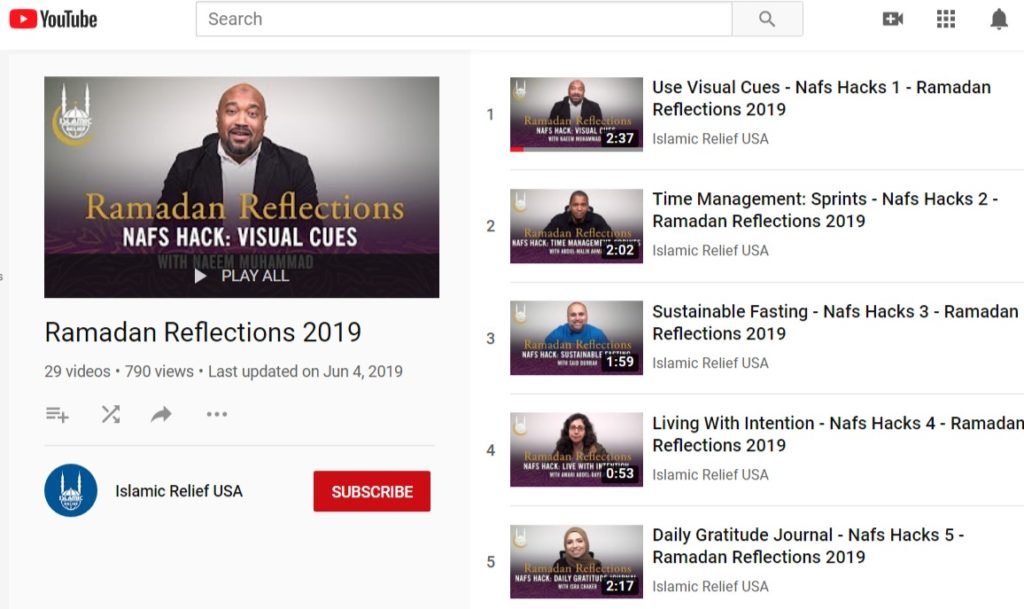
Sharing stories for good within a website
You’ve heard about the power of great stories, but how do you make them more of a two-way street? CURE publishes updates via their CUREkids page, offering a way for supporters to stay up to speed on patients as well as send them a get well message, share a story and make a donation. Only have a blog to work with? Take note of how St. Vincent de Paul Georgia publishes Stories of Hope and collects them on a single page on their site.
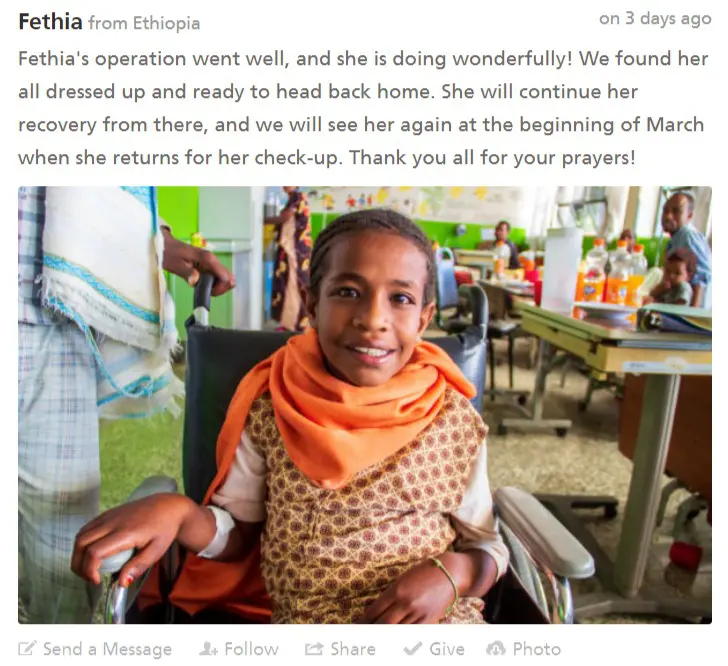
Publishing a hub of helpful resources
If you don’t have a place on your website for recommended tools or resources, you’re missing out on new and returning traffic. Check out the Holy at Home page from St. Philip’s in the Hills Episcopal Church, which offers prayer resources, devotions and scripture sources as well as a signup for their Daily Bread email. Take their lead and don’t just offer a boring list of links! Get started with a resource center of your own.
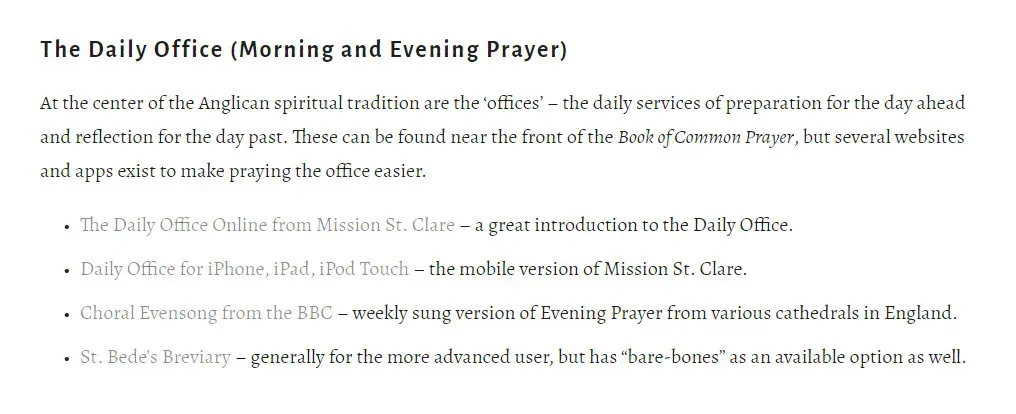
Podcasting for community reach
Podcasting is increasingly popular as a marketing tool, tapping into younger generations and giving people a chance to consume stories and information whenever they choose. The Jewish Federation of St. Louis launched the Hear for Good podcast as a way to introduce the people of their organization and the larger Jewish community. It’s not only more friendly than a newsletter, but it also gives a real voice to their mission and programs.

Leveraging video for advocacy and action
For faith-based organizations involved in policy, video content might be more about interactive education than fundraising or marketing. MAZON’s This is Hunger digital video experience not only teaches individuals about food insecurity—its digital format and accompanying resources enable synagogues and community groups to spread the word themselves.
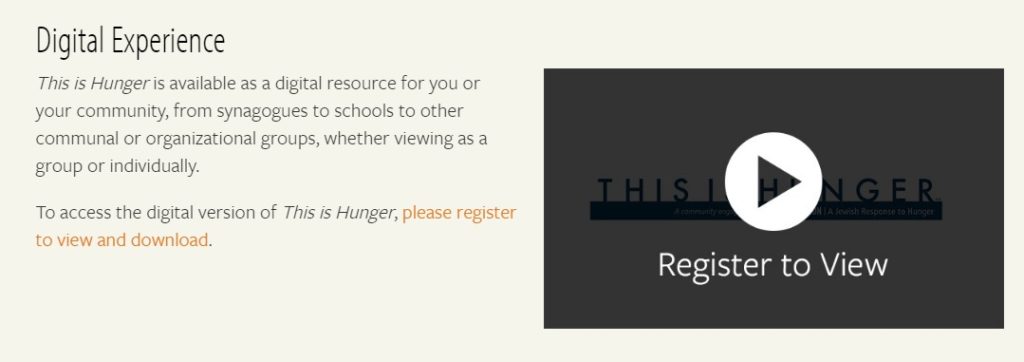
Organizing the community with Twitter chats
Thinking about using Twitter for advocacy? Religious and interfaith nonprofits are well primed to use the social media channel to connect with each other and share ideas. Faith in Action takes the approach of running Twitter-based events like the #FaithVotesChat and #InvestInLoveChat. Twitter chats like these give leaders a chance to guide important conversations, as well as provide insight to pressing questions. Learn more about hosting your own!
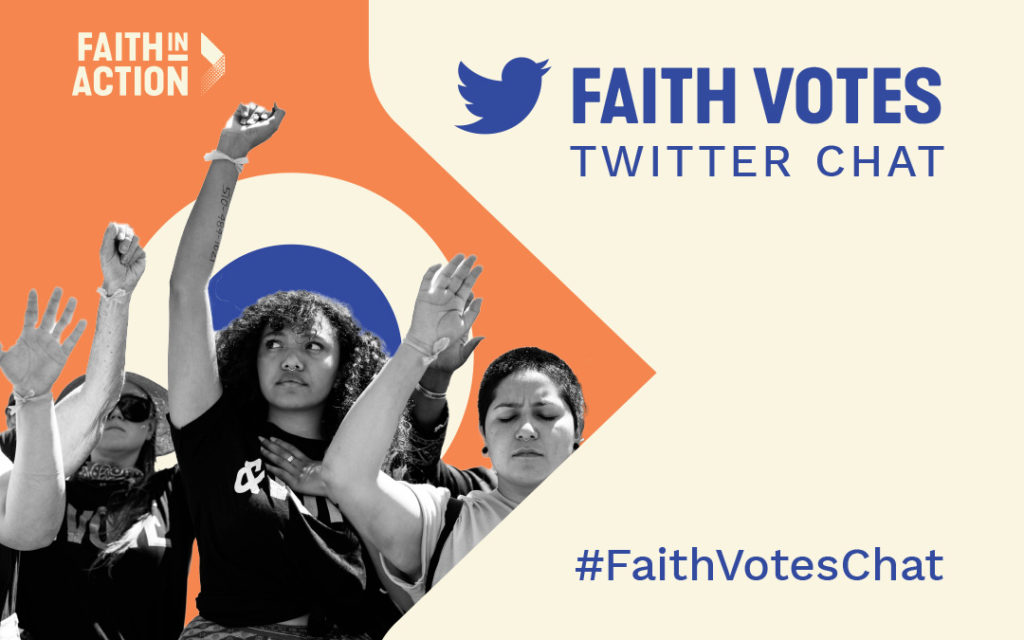
Maintaining connections with email-based devotions
Even with the rise of social media, email marketing continues to be one of the most effective ways of reaching nonprofit audiences across generations. But building your email list isn’t always very easy. That’s just one of the reasons the God Pause Devotions from Luther Seminary is a great idea. They connect with people every day in short and meaningful ways and also present an easy piece of content for a subscriber to share with someone else—building their list even more.
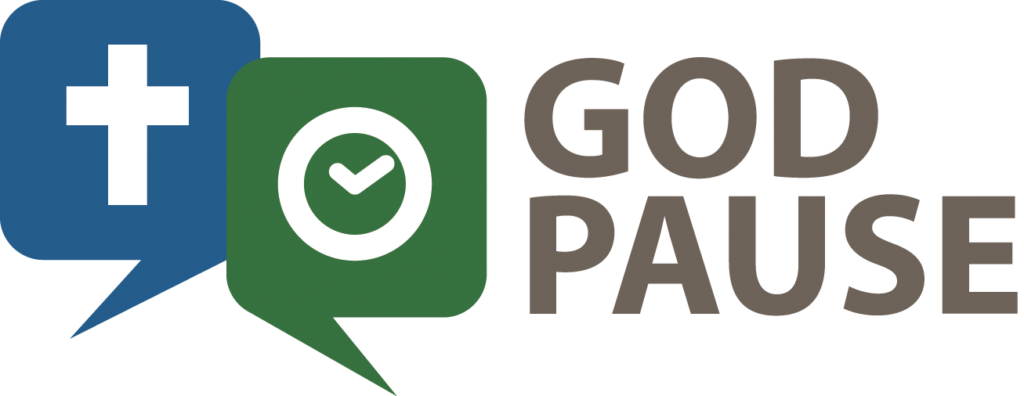
Combining learning and fundraising with a devotional series
If Daily Devotionals seem like a big commitment, consider a more seasonal or holiday-driven devotional series that ties into a larger campaign. World Relief launched the Change That Lasts Christmas Devotional series, which, in addition to sending a weekly email for 5 weeks, also aligns with their Change That Lasts appeal. See how the devotional is marketed on Facebook and Instagram.
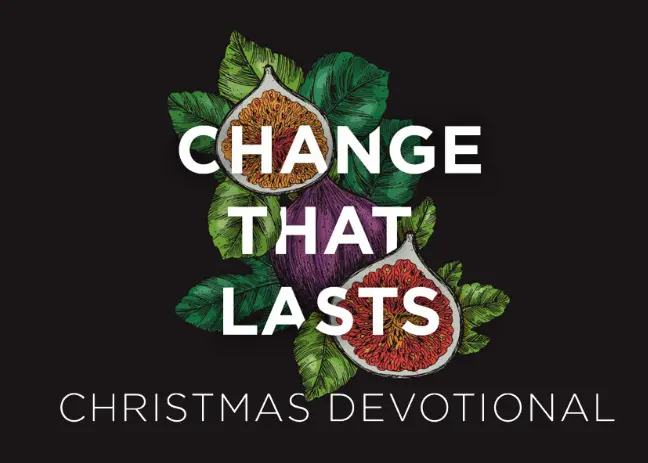
Growing reach with a campaign microsite
When it comes to a big campaign or annual event, making a special microsite—or even just a landing page within your site—can be a rallying point for your community or congregation. The Give Serve Love campaign by Neighborhood Church-Visalia was captured in a microsite (no longer available) that was separate from their normal website and served as a hub for their main calls to action. From there, they linked to the site on social media to drive people to get involved, using a great promo video to capture attention.
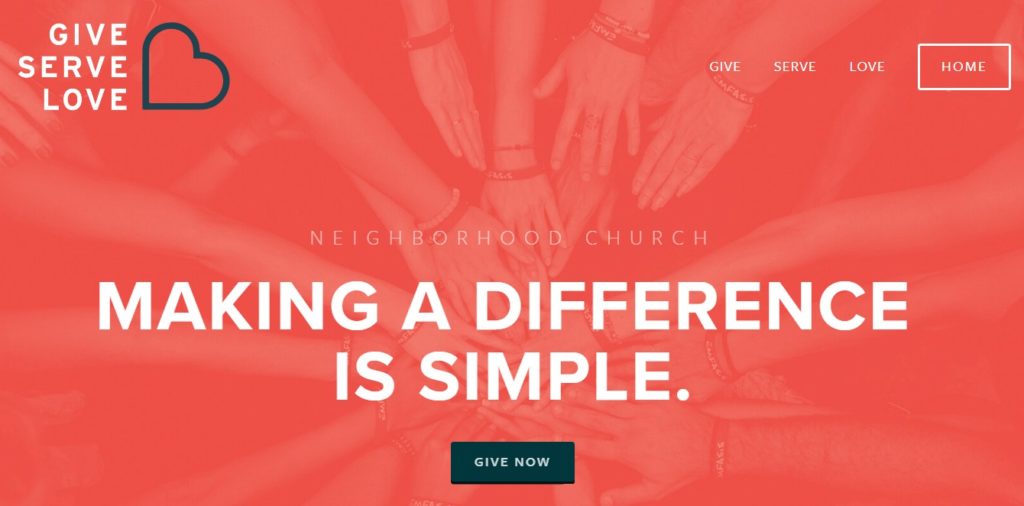
Key Takeaways for Faith-Based Organizations and the Rest of Us
Even if you don’t have the resources, budget or know-how to pull off the approaches we’ve outlined here, there are some important lessons that can be applied to any organization.
- Repurpose your content across channels. Faith-based nonprofits (and other types of charities) should consider ways to reuse the content at your fingertips, like religious texts and weekly teachings.
- Facebook is popular, but not the only option. Depending on your social media goals and target audience, using Twitter, YouTube, Instagram or LinkedIn could be a good fit. But for consistent results, don’t forget about the power of email.
- You need a marketing plan. Whether you’re a church looking to grow membership or a ministry hoping to attract new supporters, making a marketing plan is essential. Choose tactics that will help you meet clear and measurable goals, not just look cool.
Do you know other faith-based nonprofits that are harnessing the web in innovative ways? What other types of opportunities or challenges do religious nonprofits face with their digital marketing? Meet me in the comments!

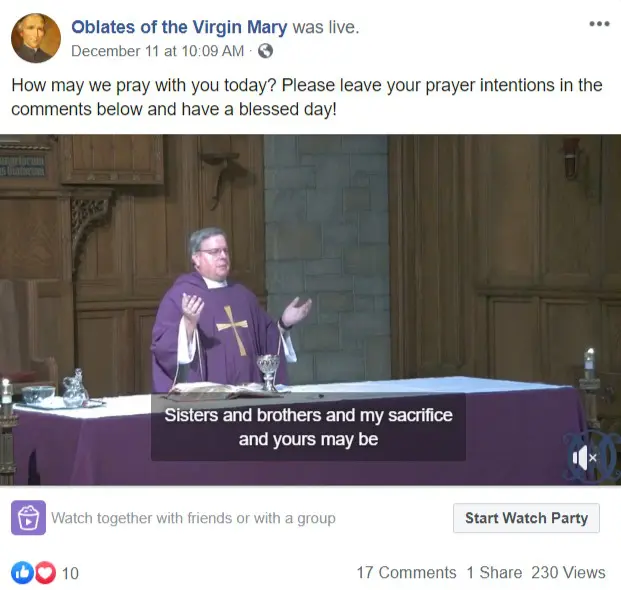
Comments